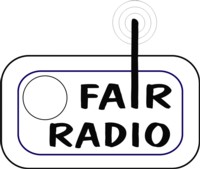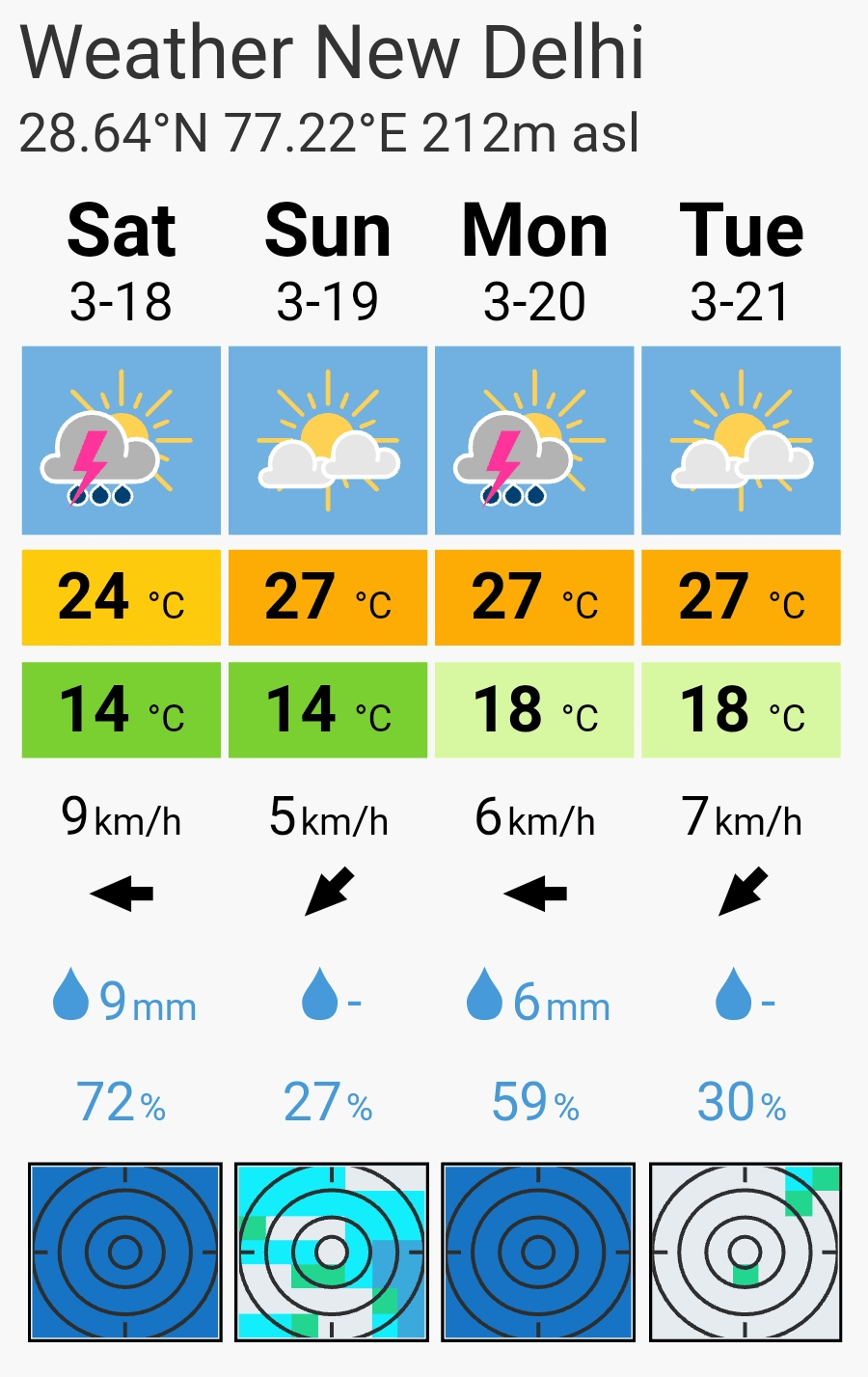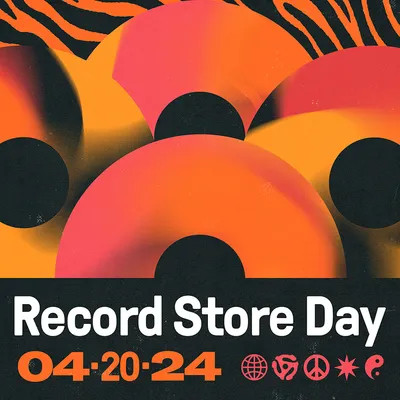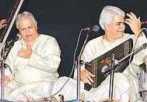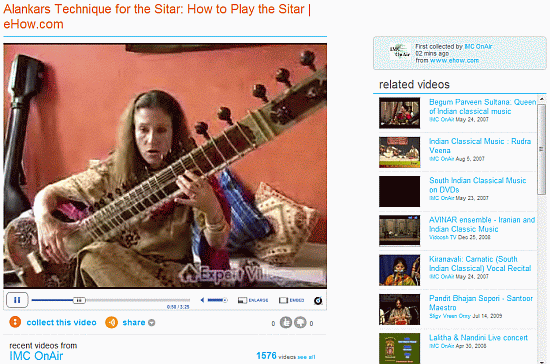With reference to the “International Women’s Day” (IWD) which takes place annually on 8th March we present the radio show “Women in Indian Classics“.
The International Women’s Day 2024 Theme: Invest in women: Accelerate progress with 5 keys …
- Investing in women, a human rights issue: Time is running out. Gender equality is the greatest human rights challenge, benefiting everyone.
- Ending poverty: Due to the COVID pandemic and conflicts, 75 million more people have fallen into severe poverty since 2020. Immediate action is crucial to prevent over 342 million women and girls living in poverty by 2030.
- Implementing gender-responsive financing: Conflicts and rising prices may lead 75% of countries to cut public spending by 2025, negatively impacting women and their essential services.
- Shifting to a green economy and care society: The current economic system disproportionately affects women. Advocates propose a shift to a green economy and care society to amplify women’s voices.
- Supporting feminist change-makers: Despite leading efforts, feminist organizations receive only 0.13% of official development assistance.
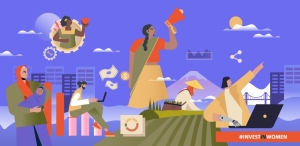
International Women’s Day 2024 (Image Source: UN Women Asia and the Pacific)
Indian Classical Music – especially the North Indian Classics (Hindustani) – experienced a noticeable change. Before it had been a courtly art part of the activities of the courtesans (Tawaifs). Indian Classics developed in the 19th and 20th century to an appreciative art form, which is learned by young girls and women from respected families and practiced as occupation.
The Hindustani music particularly stood in the early Indian Middle ages under Persian influence. A Patronage at the court of the Mughals in the 16th century promised the courtly arts and artists prosperity. Many young girls were trained in performing arts, the Kathak dance and Indian Classical Music, literature with poetry forms like the Ghazals and Thumris.
The Thumri form is a genre of the light classical music, frequently sung at the spring fest and to the colors of Hori celebration. Originally the Thumri-s were expressing emotional expressions by gestures and facial expressions (mimics), so called Abhinaya. In the further development this presentation form disappeared and remained for Indian dance. The singers switched over to purely vocal improvisation forms without lyrics, the so-called Bol Banav-Ki Thumris.
On 29 August 2009 the documentary film „Rasoolan Bai – The other song“ (Das andere Lied) had its show case in the Bangalore Internationally Centre (Bangalore). Rasoolan Bay (1902-1974) from Varanasi formed together with Badi Moti Bay of Benares, Siddheswari Devi (1907-1976) and Begum Akthar (1914-1974) the quartet of the singing queens.
The rebel Gangubai Hangal (Gaanewali) had broken the gender-specific barriers in North Indian Classics. Gangubai is called „the father of the Khayals “, the modern vocal style of Hindustani music. When the singer Gangubai Hangal died in July 2009 at the age of 97 years after long illness critical voices had been heard which manifested that the era of the woman power in Indian classical music came to its end.
Rasoolan
Bai
|
Begum
Akthar
|
Badi
Moti Bai
|
Siddheswari
Devi
|
Gangubai
Hangal
|
 |
 |
 |
 |
 |
.
In our Western understanding in India exist a transfigured woman picture of the eternally female divine: Already in the epical times no religious rituals were hold without participation of the women. With the Ashtanayikas, the eight heroins appear a woman picture till today we find in India.
In the South Indian Classics (Carnatic) the practice of the art was particularly reserved to the members of the Brahmins, a kind of priesthood. Women had it very difficult to attend the stage and appear with music in the public. In the beginnings of the phono industry women hardly found male companions for disc recordings.
Under the influence of the Hindu myths one can meet in Indian the opinion that the trinity of the goddesses, Durga, Lakshmi and Saraswati revealed themselfs to the humans as avatars in form of the singing virtuosos DK Pattammal (1919-2009), MS Subbalakshmi (1916-2004) and ML Vasanthakumari (1928 – 1990).
Their arrival terminated male dominance in South Indian classics. It began an era of the divine, creativity and innovation within the borders of traditional values.
They were artists, who completely got carried away in music, not because of success, fame or the money. These women were masters of multitasking, fulfilled various tasks in most different roles, as mothers, wives, sisters, teachers or grandmothers.
 |
 |
 |
D.K. Pattammal
|
M.S. Subbalakshmi
|
M.L. Vasanthakumari
|
.
While today many artists seem to live most different identities at the same time, Pattammal, Subbalakshmi and Vasanthakumari were led only by one identity.
Typical for Asia the presence and function of a selfless, divine love (Bhakti) was for these mistresses their driving power, in order to overcome steadily largest social discrimination up to their artistic acknowledgment.
dates of broadcasting…
part 1: “Women in Indian Classics – Vocalists”
part 2: “Women in Indian Classics – Wind & String Instruments”
18th March 2024 – 03:00-05:00 pm EST (09:00-11:00 pm CET) @ TIDE Radio (DE / Hamburg)
(premiere: 16th Nov 2009 + 24th Aug 2012 @ Tide Radio)
broadcasting plan | streaming (Internet Radio & Mobile Radio) | podCast

Rasoolan Bai (Photo credit: Wikipedia)
In part 1 of our series “Women in Indian classical music” we have met the singing queens of India, like the vocalist from Varanasi Rasolan Bai (b. 1902). Her life moved again into the public consciousness with the documentary “Rasoolan Bai – The other Song” (2009) and thus of the Tawaifs, the courtesans. They practiced the arts in the courts of the maharajas till the 60s of 20th century. At the Moghul courts, rulers of Persia who occupied the north of India in the 14th to 16 century girls had been trained in the performing arts, as in Kathak, the North Indian dance, in Indian classical music and literature and poetry forms, such as Ghazals and Thumri-s.

English: Gangubai Hangal (1913-2009) and daughter Krishna (c. 1929-2004) (Photo credit: Wikipedia)
In southern India, however, the pursuit of the arts was reserved for members of the Brahmins, a priestly caste. The women had a hard time to perform with the arts in public. One of the first independent artists in South India was Nagaratnammal Bangalore (1878-1952). For her publishing of erotic literature written by the courtesan Muddu Palani she was front Indian Court in 1911.
In our recent time great singers like Dr. Gangubai Hangal (1912-2009) have broken the gender barrier and paved access for women to the workforce in Indian music.
But still the image of women is glorified. Thus, prominent singers like DK Pattammal, MS Subbalakshmi and ML Vasanthakumari are seen as avatars, as triumvirate of goddesses Durga, Lakshmi and Saraswati. This ‘Era of the Divine’ helped at least to break the male dominance in the South Indian classical music.
In the part 2 of our series “Women in Indian Classical Music” the promotion initiative IMC – India meets Classic presents female musicians of wind & string instruments. E.g. the Shehnai, Saxophone, Indian flute (Bansuri) and Indian lutes (called Veena-s) and Sarod, Surbahar (bass sitar) and Vichitra Veena.



f.l.t.r.: Bageshwari Qamar – Shehnai, Sikkil Mala Chandrasekhar – Bansuri,
MS Subbalaxmi & MS Lavanya – Saxophon Sisters (Photo credit: intoday.in, esishya.com, carnatica.net)



f.l.t.r.: Annapurna Devi – Surbahar, Sharan Rani Backliwal (1929-2008) – Sarod, Dr. Radhika Umdekar Budhkar – Vichitra Veena
(Photo credit: Private collection of Mohan D. Nadkarni/Kamat’s Potpourri, TheHindu.com, indiatimes.com)

